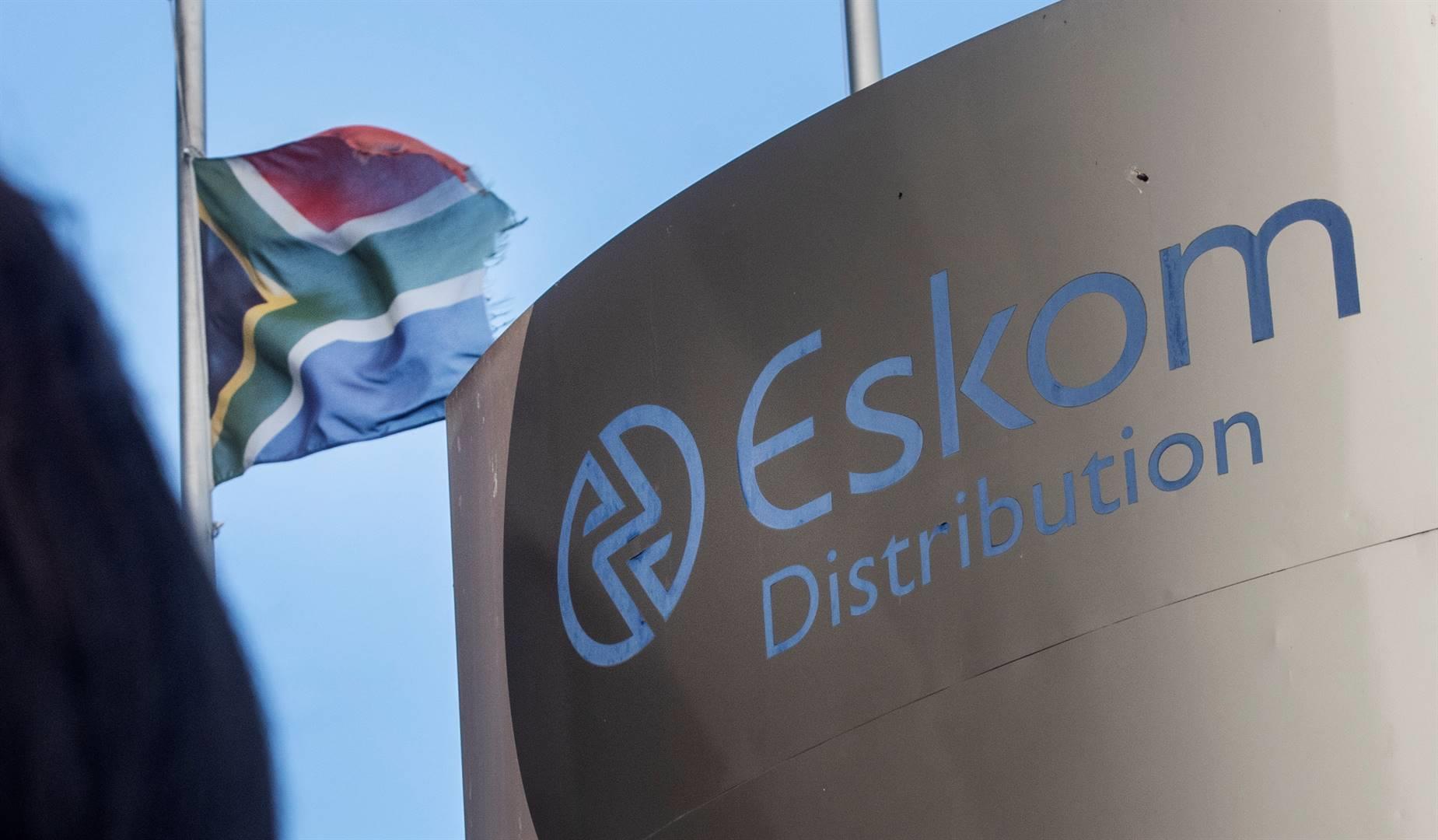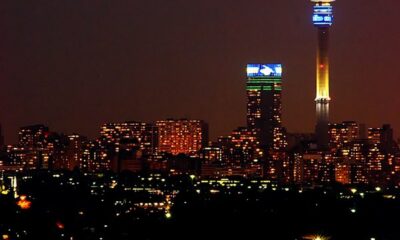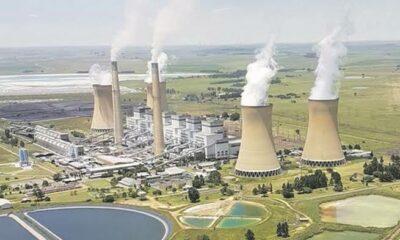Business
The Price of Light: Why Eskom’s Diesel Spending Could Cost South Africans Later

For the past few months, South Africans have enjoyed something that once felt almost mythical, a stretch of days without load shedding. But behind the glow of uninterrupted electricity lies a darker reality: Eskom is burning billions in diesel to keep the lights on, and the bill for this fuel-heavy strategy might be waiting for us in the future.
The numbers behind the “good news”
Eskom’s Energy Availability Factor (EAF) essentially a measure of how much power the utility can produce, climbed to 63.9% in June, up 3.6 percentage points. That’s thanks to the return of big generation units like Medupi’s Unit 4, as well as a drop in breakdowns.
On paper, it’s progress. But economist André Lourens from the Minerals Council South Africa warns the stability is partly propped up by open-cycle gas turbines (OCGTs), which run on diesel, a notoriously expensive way to make electricity.
Between April and late July, Eskom spent over R5.6 billion on OCGT fuel, almost half of what it spent on diesel for the entire 2024/25 financial year. By July, the utility had already blown past its worst-case scenario forecast for diesel spending, by nearly half a billion rand.
Why diesel spending matters for your pocket
Keeping load shedding at bay is undeniably good for households and businesses, but there’s a catch: diesel isn’t cheap, and Eskom’s recent history shows these costs don’t just disappear.
Energy expert Matthew Cruise has previously warned that diesel use was one reason Eskom pushed for steep tariff hikes. In fact, for 2025/26, the National Energy Regulator of South Africa (Nersa) approved a 12.74% increase, far less than the 36.15% Eskom had applied for. The bigger number partly reflected the utility’s attempt to recover billions spent on diesel during the peak of the energy crisis.
In plain terms: the more Eskom leans on diesel, the more pressure builds for future price increases.
Short-term relief, long-term strain
Eskom insists its current diesel use is “within budget” for 2025/26, but budgets are based on forecasts and those have already proven optimistic. Rising coal prices, Eskom’s primary fuel source, add yet another layer of cost pressure.
Cruise put it bluntly: high diesel use during the crisis racked up debt that still needs to be repaid. The recent decline in load shedding may signal a turning point in Eskom’s operational performance, but the financial side tells a different story, one of mounting costs that South Africans may be paying off for years.
The bigger question
For now, most South Africans are simply grateful to keep their laptops charged, their dinners hot, and their traffic lights working. But the real question is whether we’re trading a short-term win for long-term pain.
If diesel remains the crutch holding up Eskom’s performance, then the lights may stay on, but only until the next tariff hike arrives at your doorstep.
{Source: BusinessTech}
Follow Joburg ETC on Facebook, Twitter , TikTok and Instagram
For more News in Johannesburg, visit joburgetc.com



























